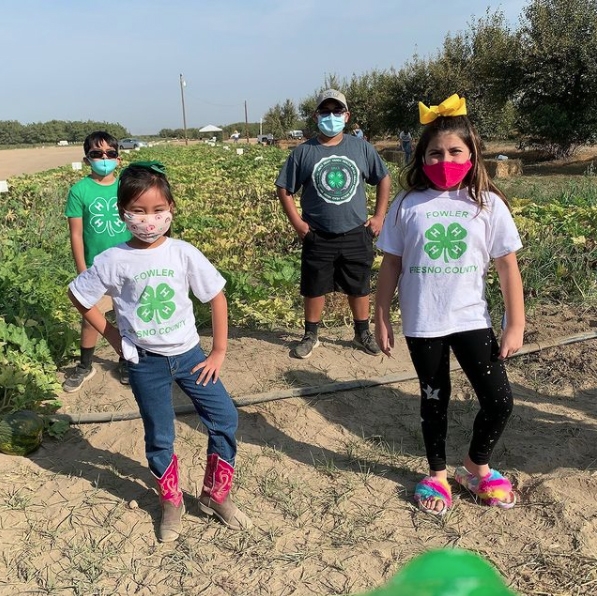UC Cooperative Extension 4-H offers proven practices for effective online learning
Schools and children's social and club activities hastily moved online in the spring of 2020 when across the country Americans began to shelter-in-place to avoid spreading the coronavirus. Teachers, program directors and club leaders quickly made adjustments to continue serving children's education needs, often without access to proven techniques or training.
The volunteer educators and professional staff whose work provides thousands of California 4-H members aged 5 to 18 with invaluable learn-by-doing lessons were among those facing challenges, said Steven Worker, UC Cooperative Extension 4-H Youth Development advisor. To provide information about effective online teaching techniques, Worker consolidated and summarized best practices for working with youth online, and has now published the material in three free online fact sheets.
“The bulk of research on online learning is focused on college education,” Worker said. “There is much less research in conducting virtual learning during out-of-school time for youth development, such as the techniques we use in 4-H.”
Nevertheless, the search of scientific literature was affirming. Worker found that about 80% of what leaders and teachers do in person is also effective in remote learning sessions.
“You just have to adapt your content and teaching methods,” Worker said. “Educators can use real-time group activities, and individual at-home activities. Educators can be present and create a supportive environment. They can reflect with the youth after each meeting and ask the youth to provide feedback.”
While the fact sheets were developed with 4-H programs in mind, they are appropriate for leaders and teachers of any learning activity that takes place out of school, such as scouting programs, tutoring, music lessons and other youth groups.
The three fact sheets are three- to four-pages each and present best practices in short narratives, graphs and bulleted lists. The topics are:
Supporting productive educator practices for out-of-school time – Teaching during out-of-school time differs from school environments. Educators become coaches, mentors, facilitators and partners. This fact sheet offers key points for online learning: Teaching methods first, technology second; involve youth in choices of digital tools; and focus on relationships.
Integrating experiential education into the digital realm – Experiential education is critical to the mission of 4-H, which uses a hands-on approach to learning. Readers of this fact sheet will understand preferred outcomes, such as agency, competence and belonging. Examples help educators divide learning between times when the group is together on Zoom or another platform, and providing assignments that the youth can complete between meetings.
Promoting positive youth development – Just as in person, important components of youth development include safety and belonging, youth-adult relationships, life skills development and opportunities for youth leadership. This fact sheet lists and discusses the six C's of positive youth development: competence, confidence, connection, character, caring and contribution.
Although the options are better for distance learning than expected, Worker, like many teachers, still look forward to returning to in-person activities.
“On computers, participants will often keep their video turned off, so it's hard to gauge whether they are interested and on task,” Worker said. “But in this unique time, it's better to do something than nothing.”
The PDF fact sheets may be downloaded from the UC Agriculture and Natural Resources catalog, https://anrcatalog.ucanr.edu.
